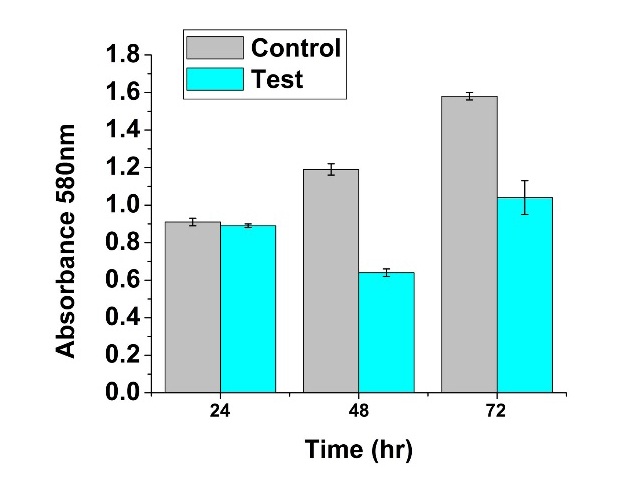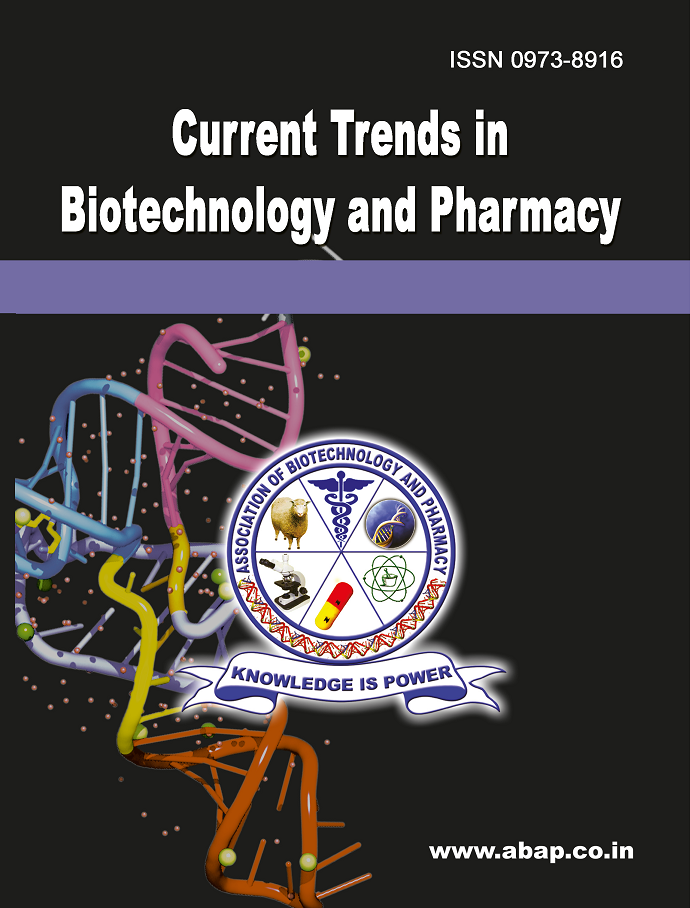An interesting approach for Biofilm disruption by Thermocouple device
DOI:
https://doi.org/10.5530/ctbp.2021.3s.52Keywords:
Bacterial biofilm, Thermocouple device, Low voltage electric shock, Pseudomonas sp., Staphylococcus spAbstract
Microbial biofilm are an aggregate of microbial population encompassed in a matrix of self secreted extracellular polymeric substances (EPS). In various sectors from human health to industries biofilm bring with it an array of harmful impacts. For instance, biofilm linked diseases like chronic otitis, chronic osteomyelitis, urinary tract infections, cystic fibrosis-associated lung infection etc. cannot be treated with regular antibiotics since profound use of the same have led to the existence of several drug resistant strains. Effective techniques for combating this bacterial biofilm are still a challenging issue to the scientific community. Towards this direction, in the present study efforts have been put to use electric shock generated by a thermocouple device to disrupt bacterial biofilm formation. The uniqueness of the procedure lies with the method of generation of the electric shock, wherein a difference in temperature has been exploited to create the shock. Using this method, electric shocks of 105μV was applied for different durations on bacterial biofilm formed by Pseudomonas sp. and Staphylococcus sp. In each case a difference in response was observed which led to the conclusion that Staphylococcal biofilm as well as Pseudomonal biofilm are susceptible to the electric shocks. Hence, this interesting method of usage of low voltage electric shock could be a potential method to fight against biofilm threats.



